|

Williamsburgh, Massachusetts

Grist Mills Pond, Williamsburg, Mass.

"Reservoir Disaster" article from the Gazette and Courier newspaper

"Terrible Horror" article from the Journal of Industry newspaper
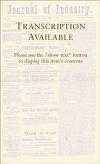
"The Mill River Disaster" article from the Journal of Industry newspaper

Page from Josiah Allen diary regarding Mill River Disaster Flood

"A History of Williamsburg in Massachusetts"
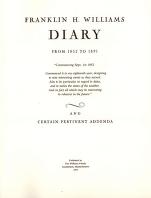
Page from the"Franklin H. Williams Diary from 1852 to 1891"
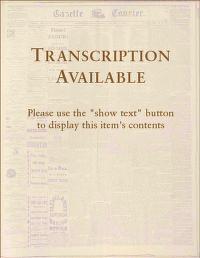
South Deerfield article from Gazette and Courier newspaper
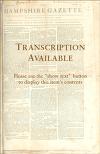
"True Heroes" article from scrapbook kept by Celia M. Kimball
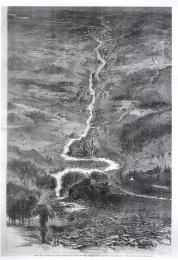
"Mill River Calamity" from "Harper's Weekly"

"Daily Graphic" newspaper illustration- 'Birdseye View of the Williamsburgh Reservior with the Ruined Dam'
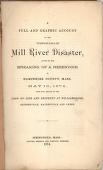
"A Full and Graphic Account of the Terrible Mill River Disaster, caused by the Breaking of a Reservoir in Hampshire County"
|
Summary and Objective
In this 2-day lesson, students will understand that the Mill River Flood of 1874 destroyed many towns and could have been prevented had the overseers of the dam and the construction crews been more careful in their construction.
Teaching Plan
Step 1.
Day 1- First, students will examine the map of Williamsburg that illustrates the flow of the Mill River. They will also view a picture of Grist Mills Pond in Williamsburg. They will then work in pairs to brainstorm a list of things that they notice about the flow of the river. At this point, the students do not have any background knowledge on the flood. Your goal is to see if they are thinking about the repercussions of building a town on the edge of a river with a reservoir on top of it. Discuss the ideas that the children come up with as a whole class. If no one points out how close the houses are to the river, point it out to them.
Step 2.
Next, explain to the students what happened on May 16,1874.
Explain to the students how the dam started to leak and give way and the destruction that followed as the river flooded and over ran the banks. You may read a few excerpts from Elizabeth Sharpe's book, In the Shadow of the Dam, that describe the breaking of the dam, the destruction, and the giant wall of water (and its power) that raced through towns.
Step 3.
Have students work in pairs to read different accounts of the disaster from the local newspapers and journals of the time located on the American Centuries website. Include "Reservoir Disaster" article from the Gazette and Courier newspaper, "Terrible Horror" article from the Journal of Industry newspaper, and "The Mill River Disaster" article from the Journal of Industry newspaper. You may also have them look at other journal entries and articles included in this lesson.
Step 4.
Then have the students examine images of the disaster found on the American Centuries website (The Mill River Calamity from Harpers and the Daily Graphic's Birdseye View) and by following the link below to the Mill River Stereographs, located online in the archives of UMass Amherst. Ask the students what they see in the images. Can they see how strong the wall of water was? Do they think that the towns would be able to recover from this destruction? What will the towns people do differently if they decide to rebuild?
Step 5.
Display the image of the Williamsburg Reservoir from the Daily Graphic, located on the American Centuries website, on the overhead projector for the students to look at close up. Discuss with them the damage that was done to the surrounding villages and the loss of life.
Step 6.
Day 2-Read to the students the account of the construction of the dam from "A Full and Graphic Account of the Terrible Mill River Disaster, caused by the Breaking of a Reservoir in Hampshire County" page 38 (last paragraph)-39. Ask them if they see fault in the construction of the dam based on this report.
Step 7.
Ask the students to weigh the evidence that has been presented to them and decide who/what was responsible for the catastrophe. Discuss these ideas in a group setting.
Step 8.
Consider reading to the students excerpts from Elizabeth Sharpe's book, In the Shadow of the Dam, focusing on the Coroner's Inquest and ruling in this case. Discuss the ruling with the students and ask them to argue whether or not they agree or disagree with the ruling.
Finally, discuss with the students how the Mill River Flood changed the way that dams were constructed using excerpts from Elizabeth Sharpe's book.
Post Activity: Have students construct their own dams, troubleshooting their problems along the way. After the dams have been created and the students are confident in their designs, simulate a heavy rainfall and spring snow melt by rising the water level in each dam. Judge which student's dam withstands the rising waters the best and discuss why. Have the students determine what made for good construction and what made for poor construction and compare it to the construction of the Williamsburg Dam. The lesson found at Thinkquest- Build Your Own Dam may help in determining how to implement this project in your classroom.
|




